Internationally renowned for his action film series A Better Tomorrow (英雄本色) and Hollywood action flicks Face/Off and Mission: Impossible 2, Hong Kong director John Woo (吳宇森) has, as of late, developed an interest in historical epics. Five years after his diptych Red Cliff (赤壁), which centers on the legendary Battle of Red Cliffs (赤壁之戰) during China’s Three Kingdoms period, Woo returns to the big screen with The Crossing I (太平輪:亂世浮生), a highly anticipated story about the modern history of Taiwan and China.
Set during the turbulent war years of the 1940s, when Chiang Kai-shek (蔣介石) and his nationalist army fled to Taiwan after losing the civil war to the communists, the NT$2 billion (US$64 million) film is sumptuously outfitted with a pan-Asian, all-star cast headed by China’s Zhang Ziyi (章子怡), Huang Xiaoming (黃曉明) and Tong Dawei (佟大為), Taiwanese-Japanese actor Takeshi Kaneshiro (金城武), Japanese actress Masami Nagasawa and Song Hye-kyo from South Korea.
Dubbed the Chinese version of Titanic, The Crossing I is an epic love story — or three, to be exact, as the film zooms in on three couples who escape China on an ill-fated ship bound for Taiwan in 1949 during the retreat of the Chinese Nationalist Party (KMT).
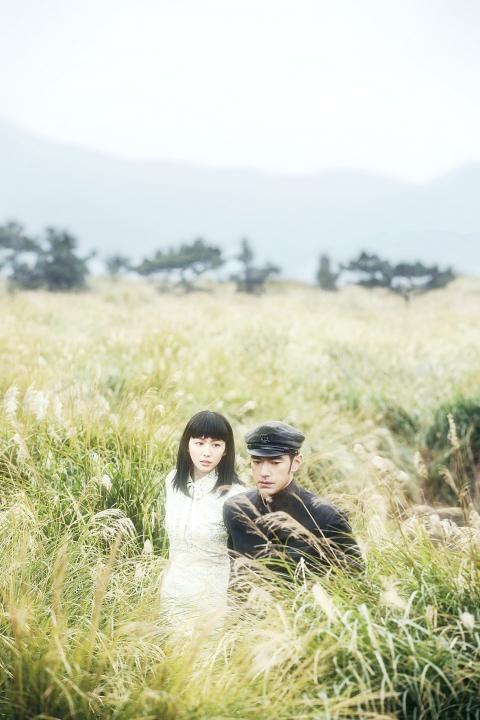
Photo Courtesy of Vievision Pictures
The story is based on the true story of the sinking of the Taiping, a luxury steamer that capsized after it collided with a cargo ship from Taiwan the day before Chinese New Year’s Eve. Some 1,000 crew and passengers, many of whom were KMT officials, socialites and the well-heeled lost their lives.
For this first segment, Woo takes his time to define his characters through anecdotes, and builds up the narrative tension with high drama and massive battle sequences. It opens with KMT general Lei Yifang (Huang) defeating the Japanese troops in 1945. On the battlefield, signaler Tong Daqing (Tong) captures Yan Ze-kun (Kaneshiro), a Taiwanese doctor working for the Japanese army. Returning to Shanghai after the Japanese surrender, Lei encounters Zhou Yunfen (Song), the daughter of an influential Chinese banker, during a function. It’s love at first sight. A sumptuous fairy tale wedding is subsequently held.
Meanwhile, Tong meets the poverty-stricken Yu Zhen (Zhang) on the streets of Shanghai. Yu is searching for her lover, who had been recruited by the KMT army. Their paths cross and quickly separate again, leaving Tong longing for a second encounter. But Yu is determined to find her lover but ends up working as a prostitute.
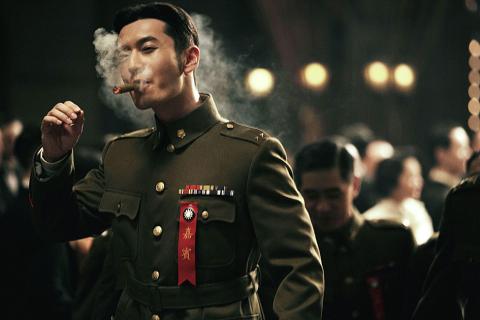
Photo Courtesy of Vievision Pictures
Released from the prisoner-of-war camp when the war ends, Yan returns to Taiwan, only to find that his Japanese girlfriend, Noriko (Nagasawa), has been repatriated to Japan. Peace doesn’t last, however, as the looming civil war soon becomes a reality. Lei sends his wife to Taiwan before departing for the frontline. Across the Taiwan Strait, Zhou has a premonition that she might never see her husband again, who is fighting the doomed battle against the Communist Chinese army.
The Crossing I is an ambitious project that weaves together three parallel and at times intersecting storylines to tell an epic tale of love and hope in a turbulent age. Supported by a top-notch technical crew, the film’s graphic battle sequences eloquently depicts the cruelty of war and serve as a counterpoint to the characters’ longing for peace. Warm and light-hearted humor balances the action and heavy drama. One fine example involves Tong’s characters and a solider from the enemy putting their guns down to share a meal.
As Woo’s oeuvre has shown, the director is adept at telling stories about brotherhood. But when it comes to romance, he’s a little out of his comfort zone. Co-written by Wang Hui-ling (王蕙玲) — Crouching Tiger, Hidden Dragon (臥虎藏龍) and Lust, Caution (色戒) — the story is noticeably uneven in its depiction of the three couples. The cliche-filled dialogue between the general and the beautiful socialite does little justice to its powerful theme; it is equally embarrassing to see the 41-year-old Kaneshiro playing a teenager bantering with his first love in the film’s flashbacks.
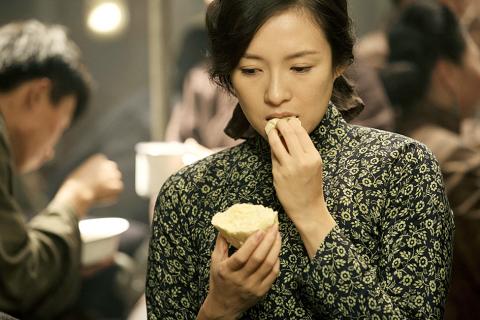
Photo Courtesy of Vievision Pictures
It will be interesting to see if director Woo has something more substantial to say about love and the political consequences of the historical events in the diptych’s second part, scheduled for release in Asia in May of next year.
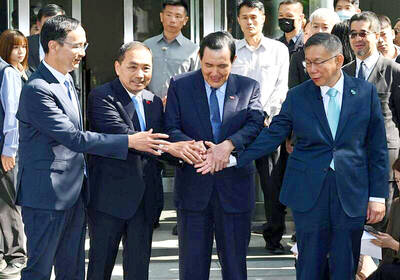
Has the Taiwan People’s Party (TPP) changed under the leadership of Huang Kuo-chang (黃國昌)? In tone and messaging, it obviously has, but this is largely driven by events over the past year. How much is surface noise, and how much is substance? How differently party founder Ko Wen-je (柯文哲) would have handled these events is impossible to determine because the biggest event was Ko’s own arrest on multiple corruption charges and being jailed incommunicado. To understand the similarities and differences that may be evolving in the Huang era, we must first understand Ko’s TPP. ELECTORAL STRATEGY The party’s strategy under Ko was
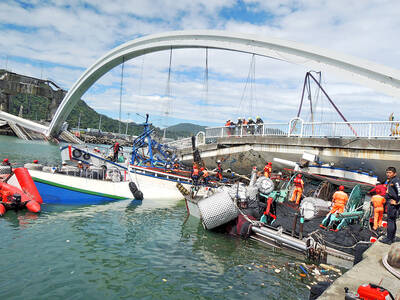
Before the recall election drowned out other news, CNN last month became the latest in a long line of media organs to report on abuses of migrant workers in Taiwan’s fishing fleet. After a brief flare of interest, the news media moved on. The migrant worker issues, however, did not. CNN’s stinging title, “Taiwan is held up as a bastion of liberal values. But migrant workers report abuse, injury and death in its fishing industry,” was widely quoted, including by the Fisheries Agency in its response. It obviously hurt. The Fisheries Agency was not slow to convey a classic government

It’s Aug. 8, Father’s Day in Taiwan. I asked a Chinese chatbot a simple question: “How is Father’s Day celebrated in Taiwan and China?” The answer was as ideological as it was unexpected. The AI said Taiwan is “a region” (地區) and “a province of China” (中國的省份). It then adopted the collective pronoun “we” to praise the holiday in the voice of the “Chinese government,” saying Father’s Day aligns with “core socialist values” of the “Chinese nation.” The chatbot was DeepSeek, the fastest growing app ever to reach 100 million users (in seven days!) and one of the world’s most advanced and
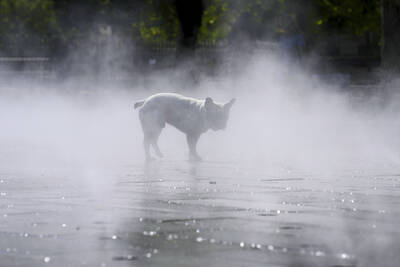
It turns out many Americans aren’t great at identifying which personal decisions contribute most to climate change. A study recently published by the National Academy of Sciences found that when asked to rank actions, such as swapping a car that uses gasoline for an electric one, carpooling or reducing food waste, participants weren’t very accurate when assessing how much those actions contributed to climate change, which is caused mostly by the release of greenhouse gases that happen when fuels like gasoline, oil and coal are burned. “People over-assign impact to actually pretty low-impact actions such as recycling, and underestimate the actual carbon